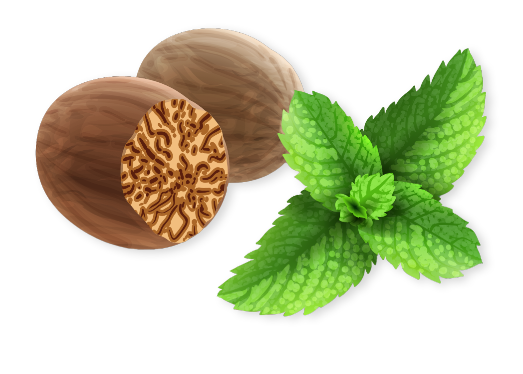- Regional FM with classic symptoms
- Generalized FM with increasing widespread pain and some additional symptoms
- FM with advanced and associated conditions increasing widespread pain, increased sleep disturbances, and chemical sensitivity.
- Secondary FM reactive to disease.
WHAT IS FIBROMYALGIA
Fibromyalgia (FM) is a disorder characterized by persistent, widespread musculoskeletal discomfort. The condition is often accompanied by fatigue, cognitive impairment, mental health challenges, and other physical symptoms. The exact cause of fibromyalgia remains unknown, and its pathogenesis is not fully understood. Ongoing research suggests that fibromyalgia is a disorder of pain regulation and is frequently classified as a type of central sensitization syndrome. A thorough evaluation is required for an accurate diagnosis.
Although fibromyalgia can affect men, it is most commonly diagnosed in women, accounting for nearly 80% of cases. It typically begins in middle adulthood but can also occur during adolescence or later in life. Fibromyalgia is now considered a neurosensory condition, in which the brain struggles to process pain signals effectively.
While there is no known cure for fibromyalgia, Ayurveda offers effective approaches to diagnosing and managing the condition, helping to alleviate symptoms and improve overall well-being.
TYPES
There were four parent stages of FM identified and labelled:
According to Ayurveda, Fibromyalgia is characterized by derangement of Vata dosha mostly localized over Mamsa dhathu. Many physicians characterize it as Mamsagata vata.
SIGNS, SYMPTOMS & RISK FACTORS
Pain and tiredness are two of fibromyalgia’s most prevalent symptoms. Other associated symptoms that can be seen are Severe tenderness and tiredness over muscles.
- Fatigue
- Jaw and face pain (temporomandibular joint disorders).
- Migraines and headaches
- Digestive issues, such as constipation and diarrhoea.
- Problems with bladder control
- Memory issues (sometimes known as "brain fog" or "fibro fog").
- Anxiety
- Depression
- Sleep issues like insomnia
CAUSES
Although the exact aetiology of fibromyalgia is unknown, some medical disorders and other problems increase the likelihood of acquiring it. Risk elements for fibromyalgia include:
- Age: Fibromyalgia is more common in those over the age of 40. But everyone, including young children, can be impacted.
- Sex: People who are assigned female at birth has a twofold increased risk of developing fibromyalgia.
- Chronic ailments: Fibromyalgia is more likely to affect those who have persistent illnesses such osteoarthritis, depression, anxiety disorders, chronic back pain, and irritable bowel syndrome.
- Infections: If a person has an infection and has severe symptoms, they may go on to develop fibromyalgia.
- Stress: You can't assess how much stress you feel on a test, but too much stress can harm your health.
- Traumas: Individuals who have experienced a physical or emotional trauma or a serious injury are more prone to develop fibromyalgia.
TREATMENT AT SANJEEVANAM
At Sanjeevanam, we offer individualized non–invasive approach to Fibromyalgia management.
Ayurvedic treatments can help in managing the condition effectively. Treatments like Snehapanam and Virechanam can be done for overall detoxification and body nourishment.
The treatments available at Sanjeevanam Ayurveda Hospital include Panchakarma therapies which include:
- Snehanam: Oil massages to nourish and lubricate tissues.
- Swedanam: Herbal steam therapy to remove toxins and reduce stiffness.
- Virechanam: Purgation therapy to cleanse the digestive system.
Later specialized treatments like, Abhyangam(massage), Nasyam(nasal instillation), various kizhi designed according to the patient conditions, Rooksha pinda sweda, Patra pinda sweda, Jambeera pinda sweda and choorna pinda sweda can be done to reduce pain and swelling over the body.
- Yoga and functional fitness: to reduce stress levels and maintain hormonal balance.
- Dietary correction: Eating a balanced diet with right mix of nutrients is a good choice in Fibromyalgia according to scientific researchers. A balanced diet contains fresh vegetables, fruits, whole grains, dairy products low in fat and lean proteins like fish or poultry. Diets high in antioxidants and rich in minerals such as Vitamin B12 has shown to give reduction of the symptoms.
- Oral medicatiosn: Oral medications like Kashayams ,Gulika ,Aristam’s will be provided for a specific period of time based on the chronicity of the condition to achieve hormonal balance & physical well-being
BOOK APPOINTMENT
























